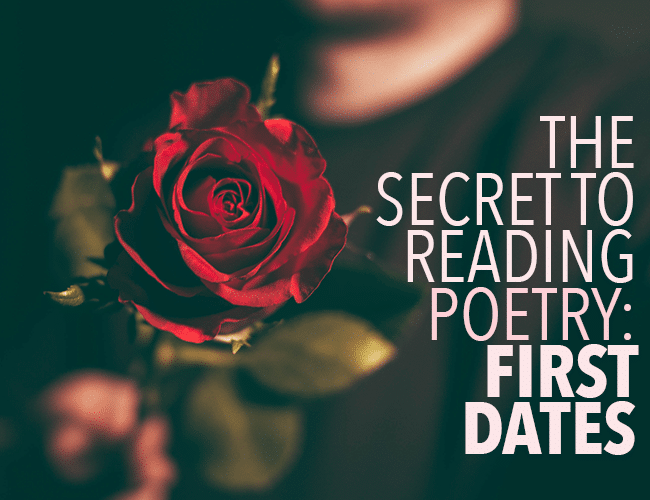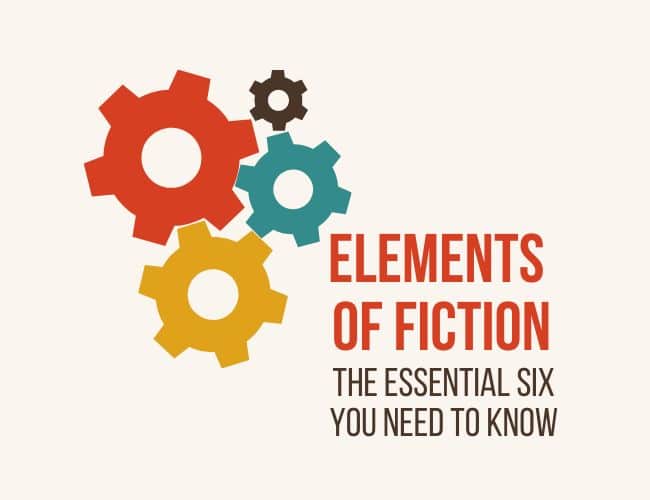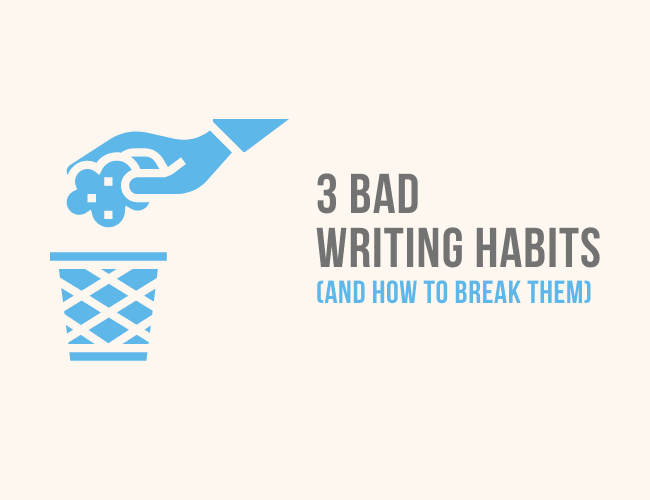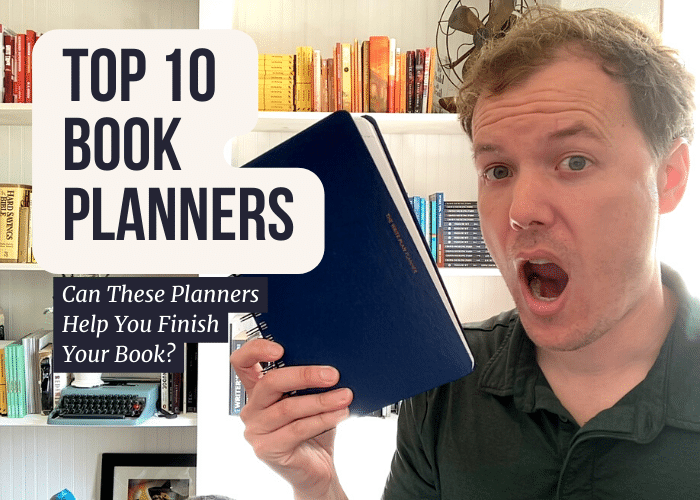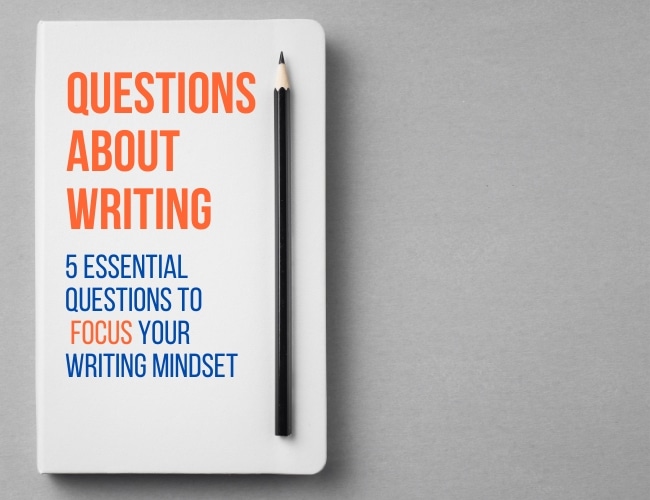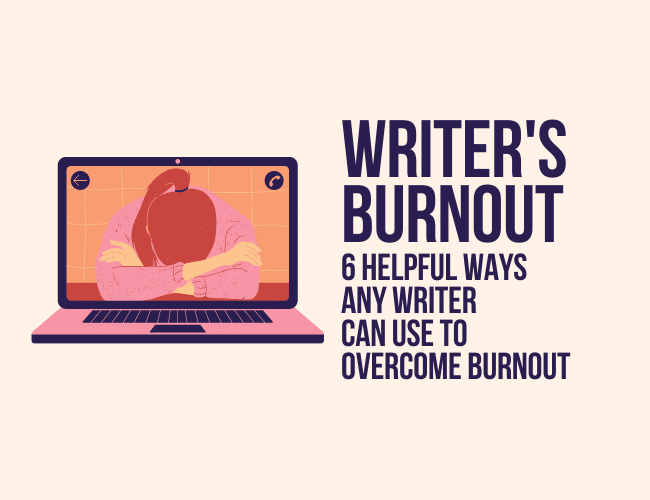Happy Poetry Month! My students often scowl when I announce we’ll be reading a poem or covering *heaven forbid* an entire unit on poetry. Poetry often bothers people—it certainly bothers me in the best possible way.
Sometimes poetry feels lofty and pretentious and seems to say, “I know something you don’t know,” which is obnoxious, like an older sister taunting us. Some poetry makes us scratch our heads and say, “What the heck was that all about?”
But if we keep reading, poetry often moves us in ways a paragraph can’t. It requires a compression of language and meaning, tucked inside precise words that create concrete images. Poets, with a wink and a wry smile, trust us to read well. (Writers of all genres: we can learn so much from the poets!)
